
Normandy Remembered
Sydney Suissa, the executive VP of content for the National Geographic Channel, joined a group of European journalists last week as they visited the beaches of Normandy where the D-Day landings took place. September 2009 marks the 70th anniversary of the start of World War II and to commemorate the event, National Geographic Channel International is launching a new series on the history of the war entitled “Apocalypse”. Click through to see his photo essay.
There are 22 of us on the bus from Caen. A Tower of Babel on wheels, we speak French, English, Spanish, Greek, Turkish, Portuguese, Dutch, Estonian, Norwegian, Romanian, and Polish. The road takes us through a vast plain of rich farmland that rolls down to the sea; corn waiting for harvest, fields of wheat stubble glowing under the sun of a big sky and white gulls following tractors to feed on worms. Red poppies, the emblems of the first World War immortalized by the Canadian poet John McCrae (“In Flanders Field the poppies blow/Between the crosses row on row”), sway in the breeze along stone fences and gardens of hydrangeas, cosmos, and orange trumpet vines.
On June 6, 1944, one hundred and thirty-five thousand Allied soldiers landed on five beaches along the Normandy coast. The war that started on September 1, 1939 with Germany’s invasion of Poland was now entering the endgame. The Allied beachhead in Normandy was the first step in the campaign to liberate Europe and topple Berlin. This pastoral landscape we are driving through was razed, bloodied, and gouged beyond recognition. Hundreds of lovely cobbled towns and villages like Crepon, Meuvaines, Bayeux and Creully were destroyed by artillery shelling, the march of tanks, the relentless advance of the Allies and the fierce retreat of German forces.
There are 26 cemeteries in Normandy–sixteen British, two Canadian, one Polish, five German and two American. They are all hallowed places, somber and impeccably maintained. They are a nation’s final effort to bring order to the chaos of war, to give some meaning and purpose to those who never made it home. We have all seen images of these cemeteries, yet it’s impossible not be moved by them, not to stop and rest your hand on a headstone and look out along these perfect rows of white marble that lead your eyes into the infinity of sea and sky.
The Normandy American Cemetery and Memorial in Colleville-sur-Mer overlooks Omaha Beach, site of the bloodiest fighting on D-Day. The cemetery sits on the high ground that American troops had to reach.
There are 9,387 graves here, each one a precious story, a life unfinished. Theodore Roosevelt Jr., son of President Teddy Roosevelt, is buried here. His brother Quentin, who died in the First World War, rests to his right. The family was granted permission to have him buried beside his brother, the only non-WWII soldier buried here. Preston and Jack Niland are also side by side–they were the brothers on whom the movie Saving Private Ryan is based. Four women also lie here, as do one hundred and forty-nine Jewish American soldiers, identified by a Star of David on their headstones.
World War Two is seventy years old now. It is fading into books and archives and like all wars, it is becoming a mainstay of local tourism.
You can play golf nearby at the Omaha Beach Golf Course, where each hole is named after an Allied general, with the eighteenth belonging to Dwight Eisenhower. There are plans to expand the course to thirty-six holes. It is a bit surreal this commercialization of war but it contributes to remembrance and is as inescapable as the human condition that makes war.
We who have not been to war tend to romanticize it. We shape and bend it into stories, books and films–from the very good to the shamelessly awful with all shades in between. But war is also the stench of bloated cows and horses rotting in fields. It is the concussions of artillery shells that shatter eardrums. It amputates limbs, reconstructs faces, and brings nightmares that recede with time but never really go away. It is the grime that comes from not washing for weeks. It parches throats with dust, smoke and adrenaline. War is bursts of destruction and loss followed by interminable days of boredom spent wondering who will be next. There is nothing romantic about war.
Photo Essay
(Above) The seaside village of Arromanche. After the initial landings, the Allied needed a deep-water port to supply the troops and campaign. They created one here by towing 146 massive concrete caissons across the English Channel and flooding them to create the breakwaters. Two of them are visible in the background.
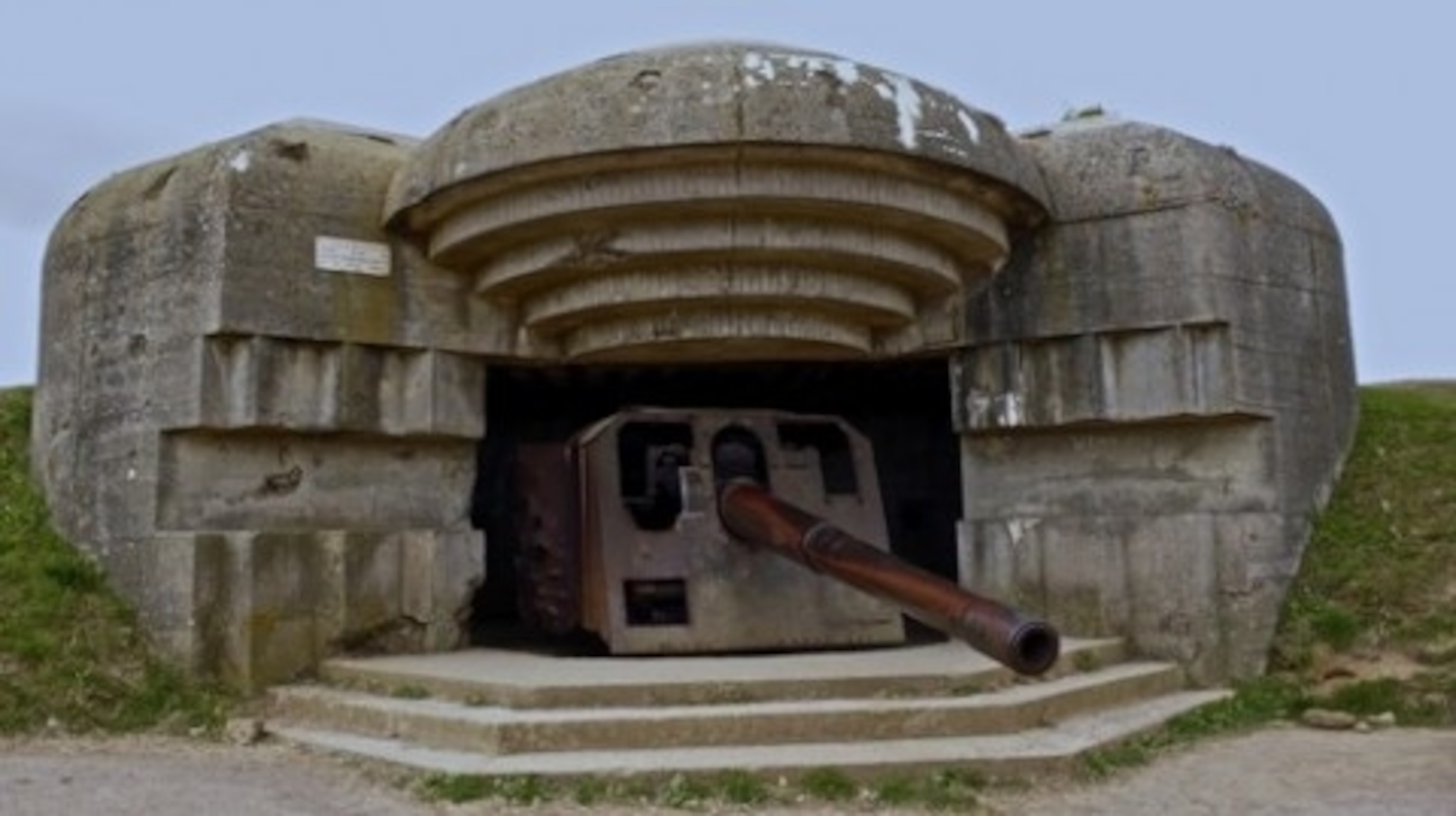
This concrete pillbox, part of the fortifications along the Normandy coast, housed a 150-mm gun that had a range of 22 kilometers.
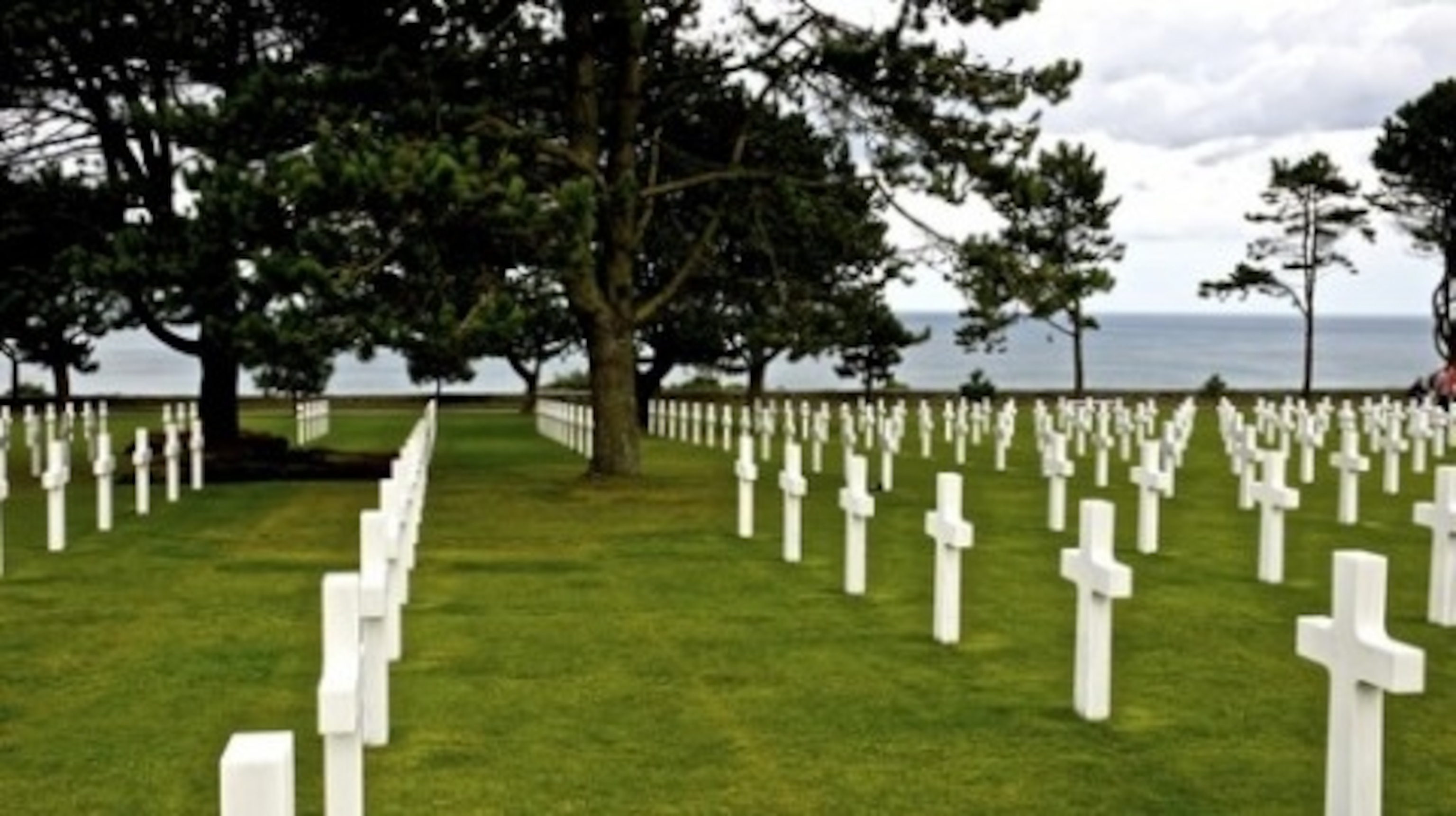
The American Cemetery at Normandy holds 9,387 graves. After the war, more than twice as many bodies were repatriated back to their homes after the request of their families.
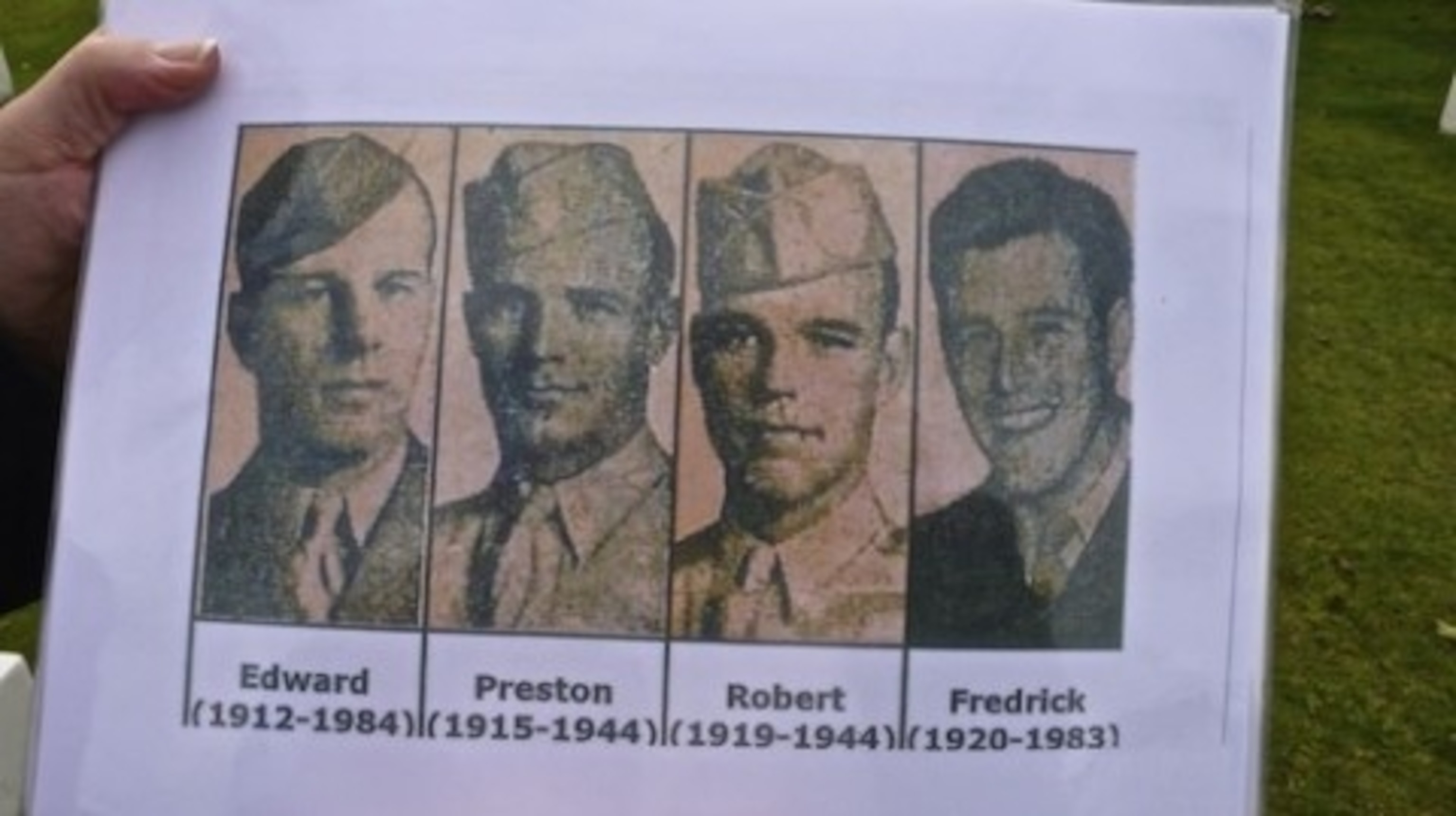
Our tour guide holds a picture of the Niland brothers of New York on whom the film Saving Private Ryan was based. Robert and Preston died at D-Day, Edward was thought to have died but was a POW in the Pacific and returned home after the war. Frederick was the fictional Private Ryan.
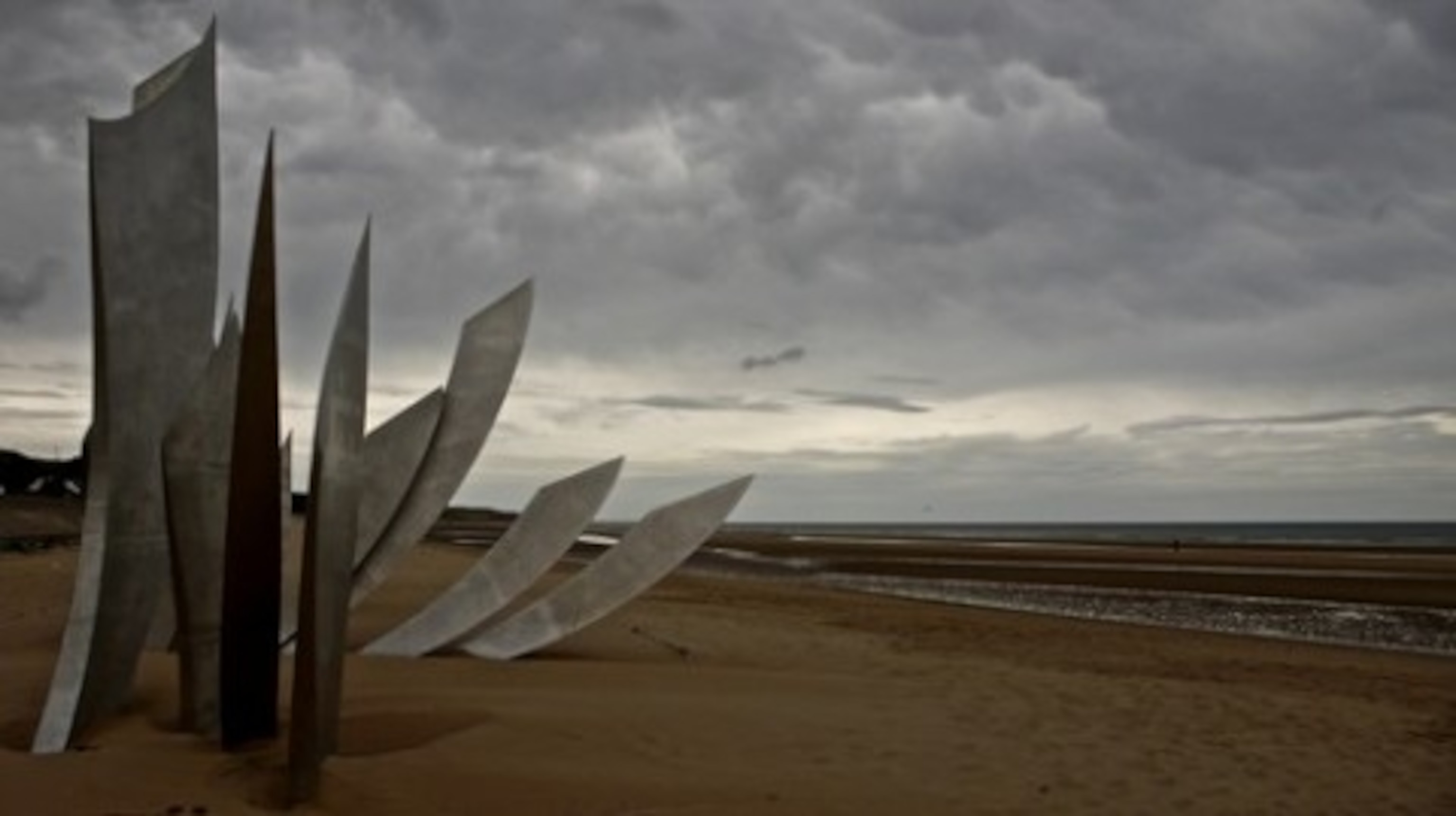
A monument on Omaha Beach pays tribute to all the Allied soldiers that liberated France. The three sets of wings symbolize Hope, Freedom and Fraternity. Part of the artist’s dedication reads: “On June 6th 1944, these men were more than soldiers. They were our brothers.”
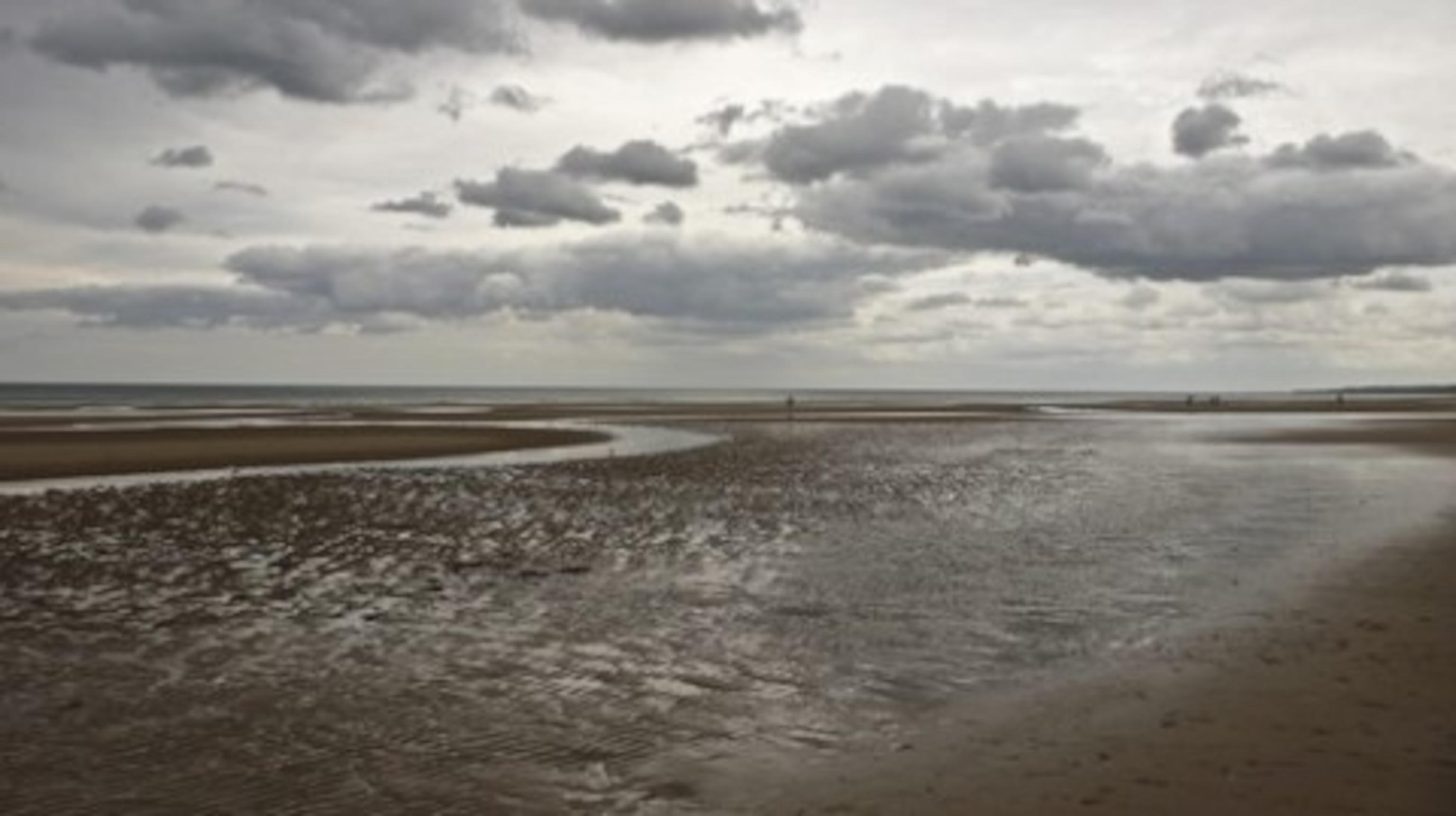
The beaches of Normandy stretch for 80 kilometers. Each of the attacks on the five landing beaches had a different timetable matched to the tide levels.
Photos: Sydney Sussia